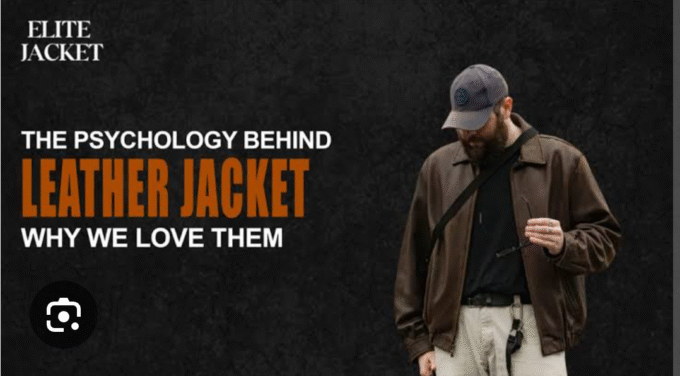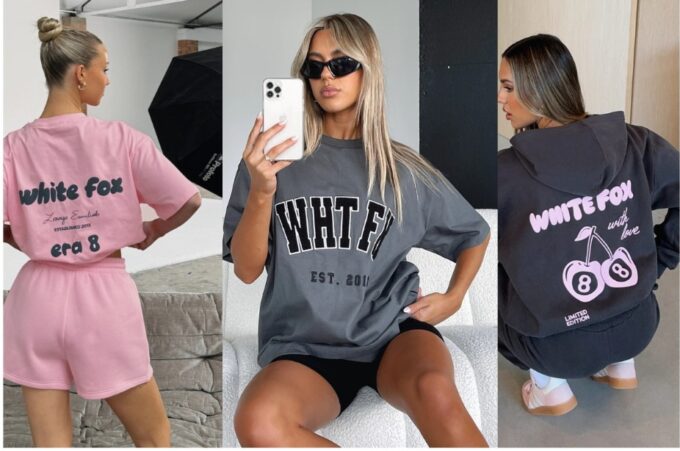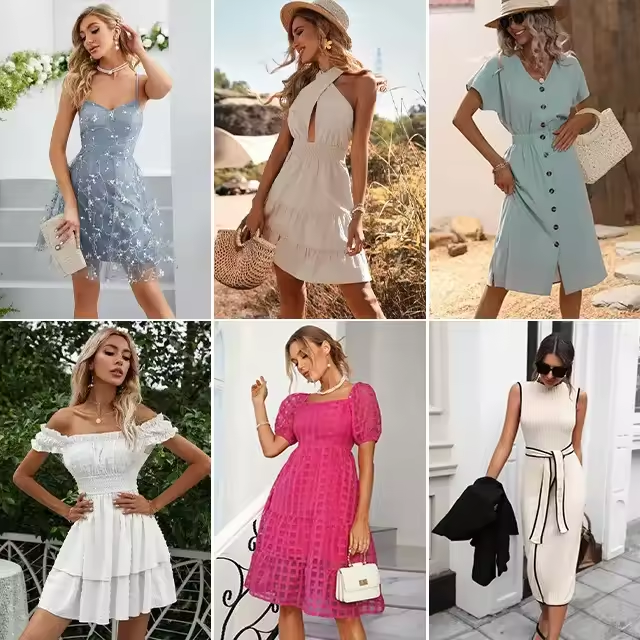Introduction
In the modern fashion landscape, streetwear has transitioned from underground culture to a mainstream global phenomenon. Among the most influential names in this movement stands Trapstar Clothing—a London-born label that has captured the attention of fashion enthusiasts, music icons, and trendsetters worldwide. Known for its bold designs, cryptic slogans, and urban authenticity, Trapstar has become more than just a clothing brand—it’s a cultural statement.
The Origins of Trapstar
Trapstar Clothing was founded in 2005 in West London by three friends: Mikky Trapstar, Lee Trapstar, and Will Trapstar (often referred to as “the founders”). What began as a passion project—selling custom t-shirts to friends—quickly evolved into a streetwear movement.
Their idea was to create clothing that reflected London’s urban culture, blending music, art, and street style into wearable expressions of identity. The name “Trapstar” itself embodies a dual meaning: the “trap” symbolizing hustle and struggle, and the “star” representing aspiration and success.
The Underground Marketing Tactics
One of the most unique aspects of Trapstar’s rise was its mysterious and exclusive marketing approach. The brand often used guerrilla marketing methods, dropping clothes in limited quantities and making them available only through select channels.
Trapstar embraced the concept of “If you know, you know”, creating intrigue and exclusivity. Early on, the founders would personally hand-deliver products in black bags labeled “Secret” to customers. This unconventional strategy built hype and gave buyers the feeling of being part of an inner circle.
Design Aesthetic and Signature Elements
Trapstar London design language is bold, unapologetic, and instantly recognizable. Some of its signature features include:
- The Gothic Trapstar Logo – A distinctive gothic-style font that has become the brand’s hallmark.
- Slogan Tees and Hoodies – Phrases like “It’s a Secret” or “Trapstar Recognize Trapstar” printed across clothing.
- Military and Urban Influences – Cargo pants, utility vests, and camo prints are staples.
- Bold Color Palettes – Combining monochrome pieces with vibrant reds, blues, and metallics.
This mix of edgy street style and high-fashion sensibility makes Trapstar a favorite among people who want to stand out.
Celebrity Endorsements and Global Recognition
The brand’s popularity skyrocketed when high-profile celebrities began wearing it. UK grime artists like Stormzy, Skepta, and Giggs became early supporters, giving Trapstar deep credibility in the music world.
Internationally, Rihanna, Jay-Z, A$AP Rocky, and The Weeknd have all been spotted in Trapstar apparel. Jay-Z’s endorsement, in particular, was significant—he wore the brand multiple times and even stocked it in his Roc Nation offices. These endorsements positioned Trapstar as a must-have label in both streetwear and celebrity fashion circles.
Partnerships and Collaborations
Trapstar has collaborated with major brands and organizations, further cementing its place in fashion history. Notable collaborations include:
- PUMA – A long-standing partnership that produced exclusive sneakers and apparel collections.
- Coca-Cola – A unique capsule collection merging the iconic drink brand’s imagery with Trapstar’s aesthetic.
- 24hrs Charity Capsule – Limited edition pieces released to support various social causes.
These collaborations allowed Trapstar to expand beyond clothing into footwear and accessories, while maintaining its edgy identity.
Trapstar and the Music Scene
Trapstar’s DNA is deeply intertwined with music. From the grime movement in London to the global hip-hop scene, the brand has been a staple wardrobe choice for musicians. It is not uncommon to see Trapstar hoodies and jackets featured in music videos, album covers, and live performances.
The founders have also been active in supporting local artists, providing a platform for creative expression and collaboration. This mutual relationship with music culture ensures Trapstar’s relevance and authenticity.
Streetwear Meets Luxury
While Trapstar started as underground streetwear, it has managed to bridge the gap between street style and luxury fashion. Its high-quality materials, limited edition drops, and premium pricing have elevated the brand into the luxury streetwear category.
Trapstar jackets, for example, often retail in the hundreds of dollars, placing them alongside luxury labels while still maintaining their street credibility.
The Role of Scarcity and Hype
Scarcity is one of Trapstar’s strongest tools. Limited runs and surprise drops keep demand high and resale values even higher. Some rare Trapstar items can fetch double or triple their retail price in the secondary market.
By controlling supply and avoiding mass production, Trapstar keeps its loyal fanbase engaged and eager for the next release.
Trapstar’s Expansion Beyond the UK
Initially rooted in London’s streets, Trapstar now has a global footprint. The brand is stocked in major cities like New York, Tokyo, and Paris.
Its e-commerce platform also plays a significant role, enabling customers worldwide to access the brand while still keeping certain collections exclusive to specific regions or pop-up stores.
Challenges and Criticism
Like many streetwear brands, Trapstar has faced challenges:
- Counterfeiting – Due to its popularity, fake Trapstar products have flooded the market.
- Overhype Concerns – Some critics argue that hype-driven drops overshadow design innovation.
- Sustainability Questions – As the fashion world shifts towards eco-friendly production, Trapstar has yet to make significant public commitments to sustainability.
Despite these challenges, the brand continues to thrive, largely due to its loyal community and cultural relevance.
Trapstar’s Impact on Fashion Culture
Trapstar has inspired countless emerging streetwear labels, proving that authenticity, creative marketing, and cultural alignment can turn a small clothing line into a global powerhouse.
It has also helped bring UK streetwear into the spotlight, standing alongside other influential British brands in the international fashion conversation.
Future of Trapstar Clothing
Looking ahead, Trapstar is likely to:
- Expand its global retail presence with flagship stores in major cities.
- Continue collaborating with big brands and artists.
- Possibly integrate more sustainable practices to meet consumer demand for ethical fashion.
- Innovate in tech-driven fashion, such as AR-enhanced designs or NFC-tagged authenticity verification.
The brand’s future depends on balancing exclusivity with accessibility while keeping its original underground spirit alive.
Conclusion
Trapstar Clothing’s journey from the streets of West London to a globally recognized streetwear giant is a testament to the power of authenticity, creative marketing, and cultural relevance. Through its bold designs, exclusive drops, and deep ties to music culture, Trapstar has managed to capture the essence of urban life while appealing to a worldwide audience.
It’s not just about clothes—it’s about a mindset, a community, and a way of expressing individuality. As long as Trapstar continues to evolve while staying true to its roots, it will remain a cornerstone of streetwear culture for years to come.














Leave a comment